
This is truly the one blog post that I wish there was no need for, but if you arrived here it’s because it happened and you are now looking for ways to heal. So I’ve written this for you. (If you are just one of those gals who loves to be prepared ahead of time – then I want you to read this instead – how to give birth with intact perineum.)
When the tissues of the perineum have been compromised during labor, it means that your post-birth recovery will require a bit extra TLC.
Here are 10 ways to help you heal!
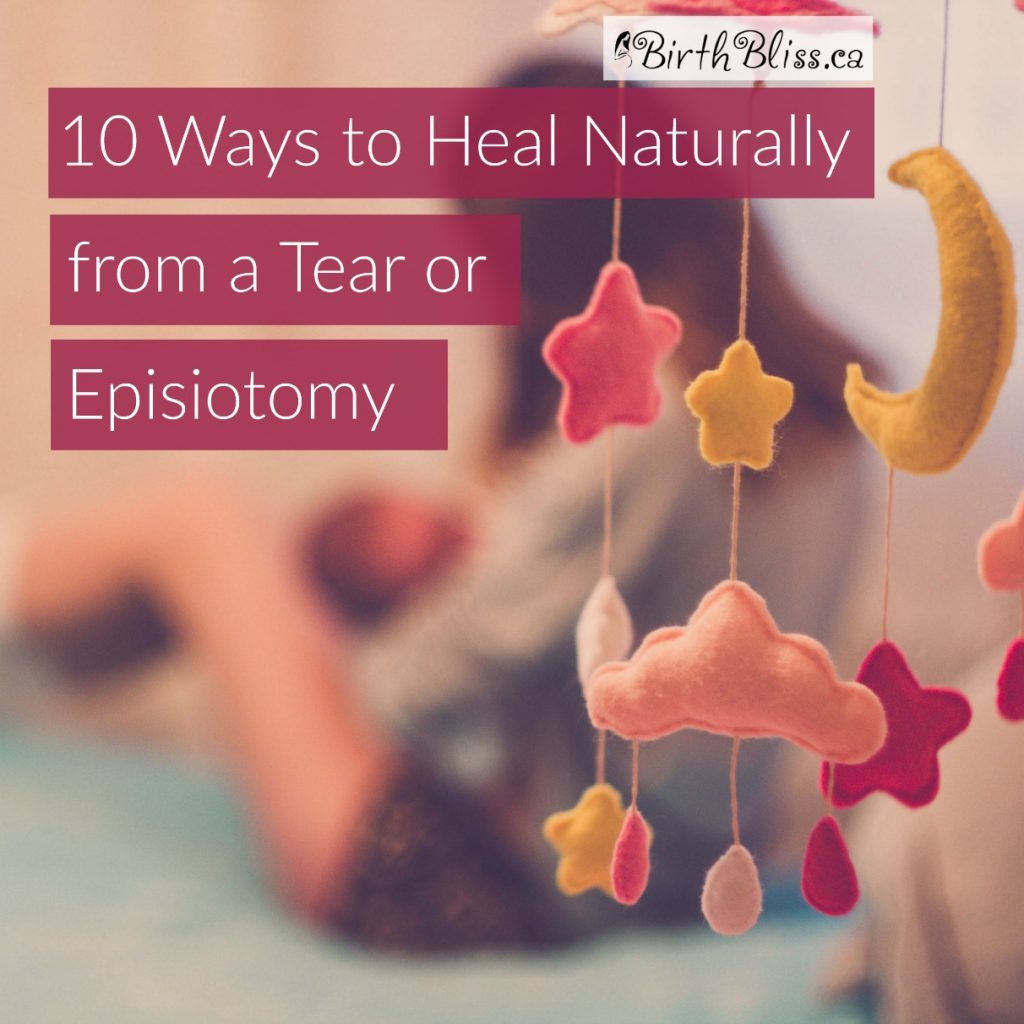
1. Sitz Baths
This is number one for good reason, a sitz bath can reduce pain, swelling, and bruising, making for quicker recovery. Your doctor or midwife has probably already recommended sitz baths or you may have already had one at the hospital. The combination of warm water and salt is very soothing and healing to the tissues of the pelvic floor. Most midwives recommend non-iodized sea salt or Epsom salts, but not too much or it will sting. Start with 1-3 tablespoons of Epsom salts for each bath.
Now here’s how to uplevel your bath for even more healing. Add in gentle herbs. The easiest way of doing this is to brew the herbs into a strong tea and then add the tea to your sitz bath. Here are some lovely herbs to consider – lavender flowers, calendula flowers, oatmeal, yarrow flowers, and rosemary leaves. Now I get it – you’ve had 4 hours of sleep and the last thing you want to figure out is herbal medicine. Here’s what I suggest, check out Earth Mama Postpartum Bath Herbs. It’s a pre-made little bag (like a herbal teabag) that you can brew. It’s good quality organic ingredients and these plants are gentle enough that you can even take your baby into the bath with you if you want. If you have stitches, you may need to angle yourself so that you aren’t pulling at the stitches.
Sitz baths work best if you do them 3 times a day for 15-20 minutes each time. Once a day get someone else to wash and sanitize the bathtub. No harsh chemicals, please! Especially now that you have a baby – it’s time for some healthier choices. Using natural dish soap with 2 drops of Lemon essential oil (a word on good quality essential oils) will do the job safely and effectively. This is an important step in keeping the wound clean since you’ll be using the tub frequently.
2. New Toilet Routine: Pat to Dry & Peri-Bottle
When you get out of the bath or after going to the bathroom – you want to go very very gently. So replace wiping with patting to dry the area. Generally, the acid in the urine will burn on the wound. You can ease this by making sure to drink lots of water (so the urine isn’t as strong). Before you sit down, fill up a peri-bottle (soft squeeze or squirt bottle – this one is my favorite) with warm water and a dash of witch hazel (more on that below) and squeeze it onto your bottom as you urinate. This will ease the burning, and it will also clean the area so that with toilet paper you can pat rather than wipe.
3. Clean, Dry, and Plenty of Fresh Air
Your bottom will heal up faster if you can keep it clean, dry, and with access to fresh air. Of course, that’s easier said than done when caring for a newborn. Here’s my suggestion. Right after you get out of your sitz bath, go lay down on your bed for 10 minutes with NOTHING on your bottom. (Place an absorbent old towel or chux pad under you because you are probably still bleeding). Rest and hold or feed your baby. Remember to keep some space between your legs, so that air can reach the area. (By the way – this same concept is really important if your baby ever gets diaper rash – fresh air really helps).
Also, make a conscience commitment to change your pad often and use the super absorbent maxi-pads. If you can manage a skirt and no undies once the bleeding has stopped, that is also a good option.
4. Make Padsicle (Sanitary Pad Popsicles)
This is the bomb-diggity! They are SO soothing to the perineum. Some people will erroneously tell you to soak the whole pad – that’s too much of a good thing – it will be too cold to place against your bottom. Instead, spray the maxi-pad with water/aloe vera/witch hazel/lavender combo until it is quite damp (but not soaking), then place it in your freezer. It will act like an ice pack but more gentle (which your bottom will thank you for). The cool sensation will help to relieve the inflammation and speed healing. Use for 10-20 minutes up to every 2 hours.
First thing in the morning is a great time to use your padsicle as there tends to be a bit of swelling overnight.
While you could make these padsicles with water only – it’s more effective to add in some witch hazel (more on that below) and aloe vera gel and some soothing essential oils.
You can make all the ingredients together in a spray bottle and then spray them directly onto the pad.
Directions
8 oz spray bottle
4 tablespoons of witch hazel
4 tablespoons of aloe vera gel
8 drops of essential oil (lavender and tea tree are my favorites)
Top with water
Alternatively, you can add the ingredients one by one onto the pad. Squirt a line of aloe vera gel down the middle of the pad. Add the essential oils to your bottle of witch hazel, shake well to mix and spray onto the pad. And finish by spraying water onto the pad until it is quite damp.
Fold the pad back up and place it into the freezer. You’ll want to make a bunch of these at one time – I would recommend 20.
5. Witch Hazel
Ahhhh, Witch Hazel. And nope, no real witches are involved! Witch hazel is a natural astringent (I use it in my homemade toner) that has wonderful anti-inflammatory properties. Personally, I love this organic brand which is alcohol-free. Often Witch Hazel contains some alcohol – generally about 15%. This boosts its natural antiseptic properties. However, that can be a bit spicy for your postpartum bottom. Typically since the witch hazel is diluted with water the amount of alcohol is actually very small and generally, it doesn’t pose a problem. However, if you want to be a bit more cautious opt for the alcohol-free version!
You’ll add witch hazel in these 3 ways. First, add a tablespoon to your sitz bath water. Second, add 4 tablespoons into an 8-ounce water bottle and use this spray bottle to create your padsicle. Third, you’ll use it to create your DIY New Mama Bottom Spray.
6. DIY New Mama Bottom Spray
Turn the OUCH to AHH…
This mixture will soothe and speed recovery.
2 ounce metal spray bottle (find nice ones here, US, Canada)
Fill to half with water
1 tablespoon witch hazel
10 drops Lavender Essential Oil
10 drops Cypress Essential Oil
Top with Fractionated Coconut Oil
(Both lavender and cypress oils are excellent for use with babies. So you’ll find lots of other ways to use these two versatile essential oils. You are going to spray this on a very delicate area – but be sure you are using the highest quality essential oils – more on that here)
To use the spray – shake the blend to mix it up, and then gently spray on the perineum. Let it air dry.
7. Relax and Move Gently
Your body has been through a lot. It needs time and gentleness to heal. Even though it may feel like there are a million things to do, your number 1 priority is to keep you and your baby healthy. So let ALL the other stuff go. Treat yourself gently. Keep your activity level pretty low for the first couple of weeks, then slowly ease back into increased movement, but be sure to really listen to your body so that you don’t overdo it. Take care when sitting and getting up – if you feel discomfort – slow down. If sitting is really hard, ask about a donut or special cushion, which allows you to sit without placing any pressure on the pelvic floor.
Make sure that the people close to you know what has happened so that they will be able to give you that extra support you need to heal.
Every day take time to simply rest. You can’t always have a nap because you don’t know how long your baby will sleep, but you can always rest when they sleep. Resting means that you lay still, soften your muscles, and let your thoughts become soft and dreamy. Resting is almost as restorative as sleep – but only if you think gentle positive thoughts. To help you with this, I’ve created a guided relaxation for new moms. You can listen to a preview below. If you like what you hear, you can purchase the entire album here.
8. Eat Fiber
If ever there was a time to increase your fiber-rich foods, like full grains, fruits, and vegetables, now is it. This is crucial to keeping your bowel movements soft and easy. Instead of cold or crunchy veggies, opt for soft, warm cooked foods. These foods are much easier for your body to digest during the postpartum period. Warm soups and stews will help prevent the constipation that is so common after babies are born. Finally staying well-hydrated also helps a lot in this area. As much as possible avoid staining as that could put pressure on the wound.
9. Kegel
I know I said take it easy, but kegels are the one exercise that you are ok to do right from the start. The advantage of a kegel is that you immediately increase the blood flow to the pelvic floor. This is really important, as the increased blood flow will bring nutrients and oxygen for healing.
10. Heal Emotionally
Nothing happens to us on only one level. You experience that tear or episiotomy emotionally as well as physically. Take time to really acknowledge any feelings that you might be holding onto. Some women can feel disappointed, ‘emotionally beat-up’ or even violated by the experience. I’m hoping that your care provider was kind and caring and used good communication so that you were on board with any intervention that may have occurred. However, if that’s not the way things played out, spend some time working through any residual anger, anxiety, or sadness.
Click here to guide my guide to an easier birth. It includes a step-by-step process to releasing difficult emotions so that you can feel better.
One Final Note: Once healed the area should feel back to normal. If discomfort persists for example during loving-making, then please seek out an osteopath, physiotherapist, or pelvic floor specialist who can help.
Many aspects of birth are wonderful and beautiful. But for some, birth may be more accurately described as a beautiful mess. Lots of joy, lots of beauty, lots of wonder… but sometimes also unpleasant interventions, discomfort and time to heal. I hope this advice makes your journey easier.


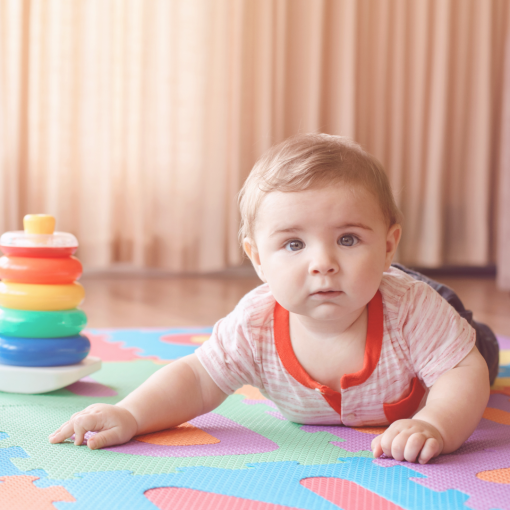
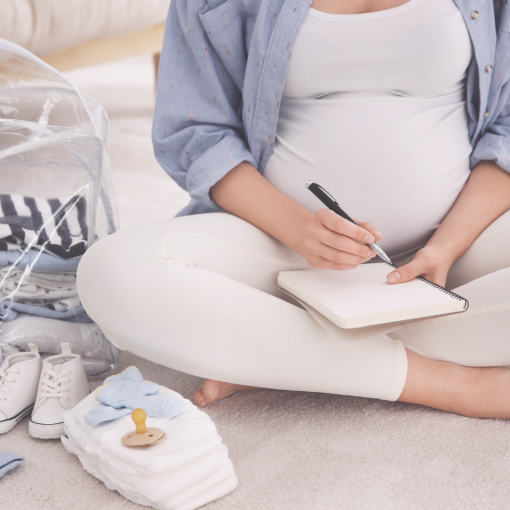
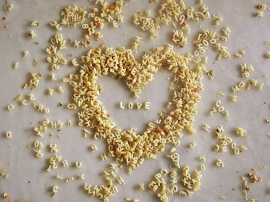
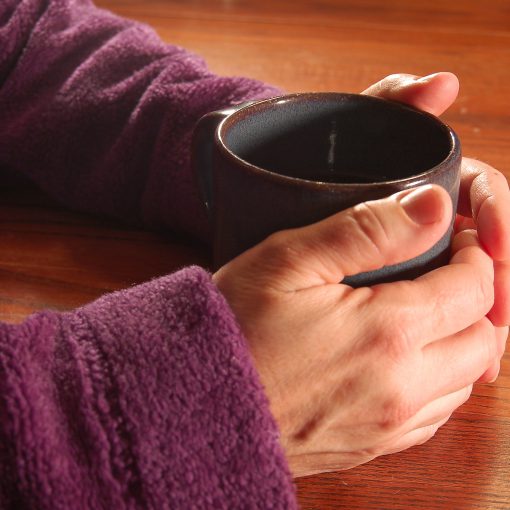
3 thoughts on “10 Ways to Heal Naturally from a Tear or an Episiotomy”
thank you
I’m not finding the pregnancy anxiety release video link? I also tried to look on your YouTube channel, but didn’t see it there. Could you provide that?
Dana – you can get click here to find it.